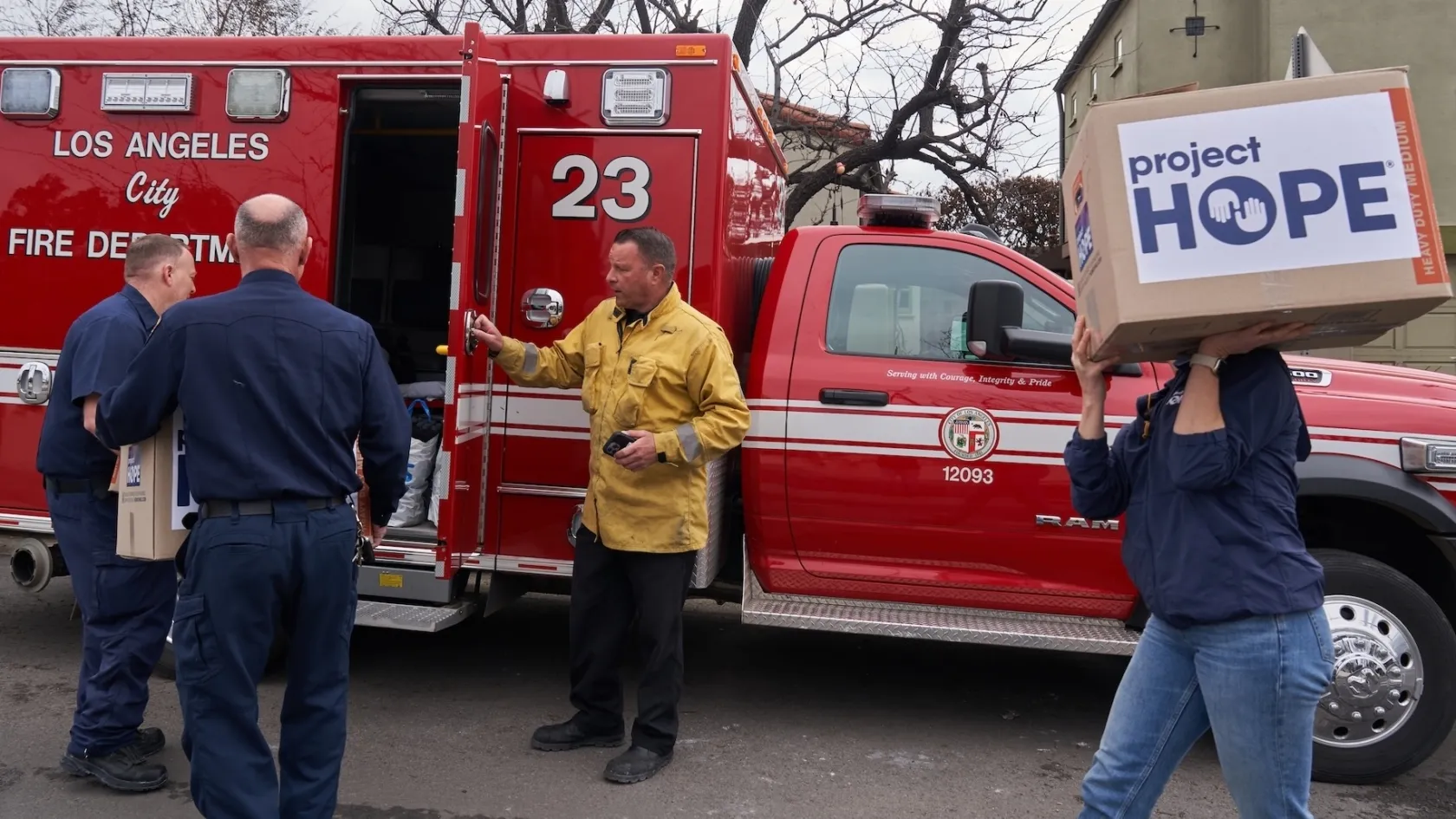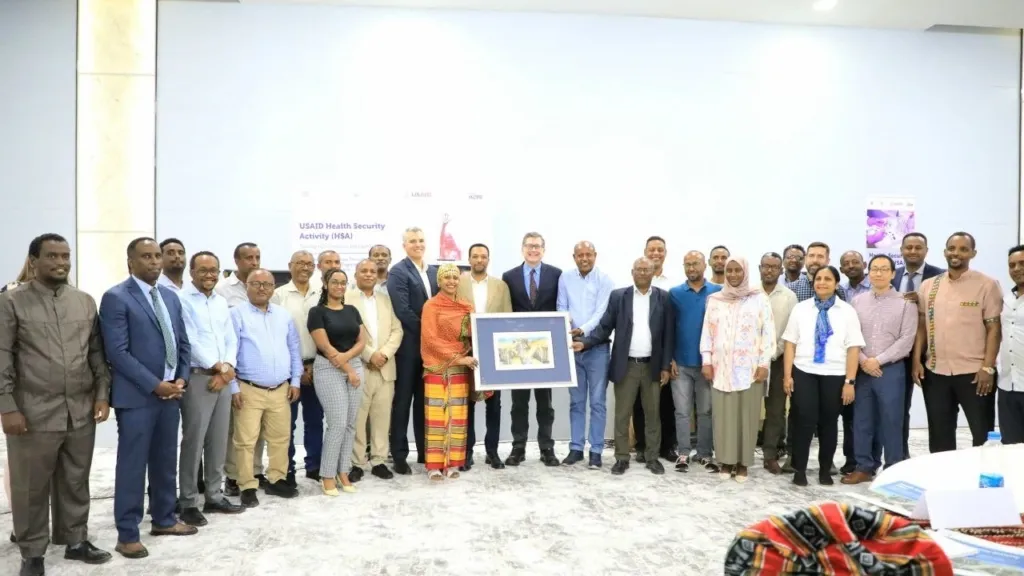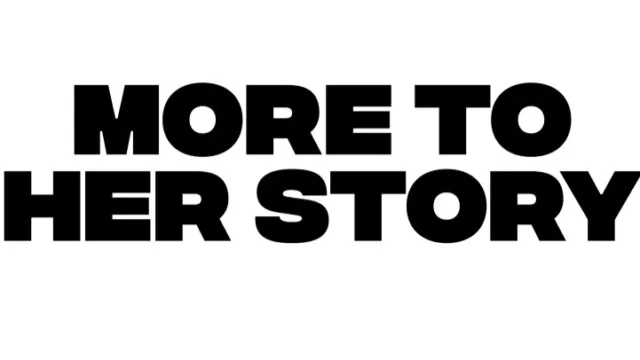It’s Time to Rethink Our Approach to Women’s Health
COVID-19 has impacted women disproportionately, erasing decades of gains in global health. We can rebuild toward a more equitable future — starting by viewing women’s health through a life-course approach.
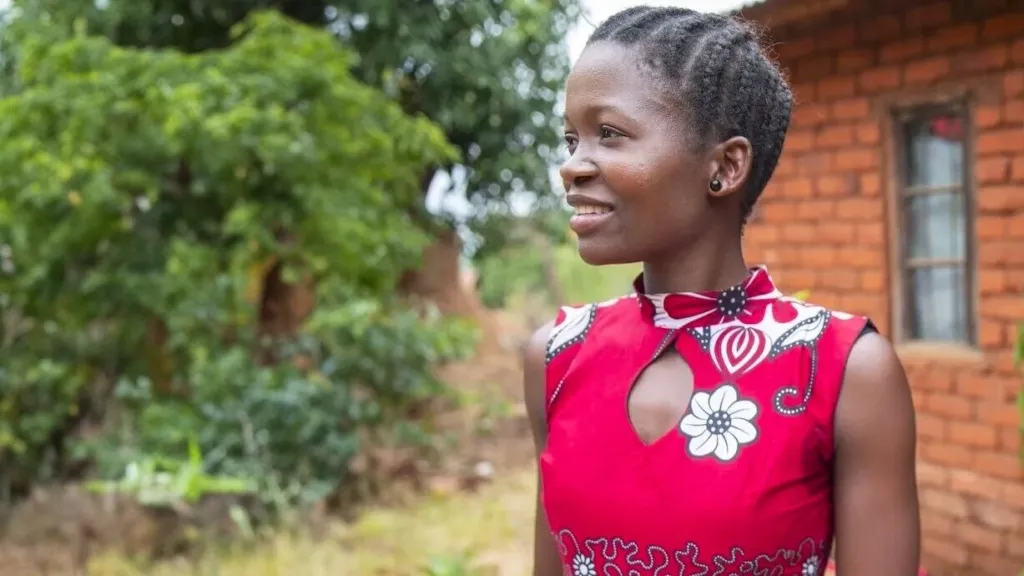
The past year has been tough for the entire world. However, we can’t avoid noting that it’s been significantly harder on women and girls.
COVID-19 has affected women disproportionately: Economically, women have suffered heavier losses, and are lagging behind in recovery given that they are most represented in the kind of low-earning industries hit hardest by the pandemic. Additionally, the social disruptions of the pandemic mean that the majority of women are the ones contending with an immense increase in responsibilities of providing care at home, in turn affecting their livelihood opportunities.
When it comes to their health, system disruptions during the pandemic resulted in women around the world losing access to essential and lifesaving reproductive services. Meanwhile, women and girls have experienced more unintended pregnancies, as well as an alarming increase in domestic violence rates.
As a result, there have been negative outcomes for women, but also their families and communities as a whole, with increased rates of pregnancy-related deaths, stillbirths, food insecurity, and mental health issues like depression.
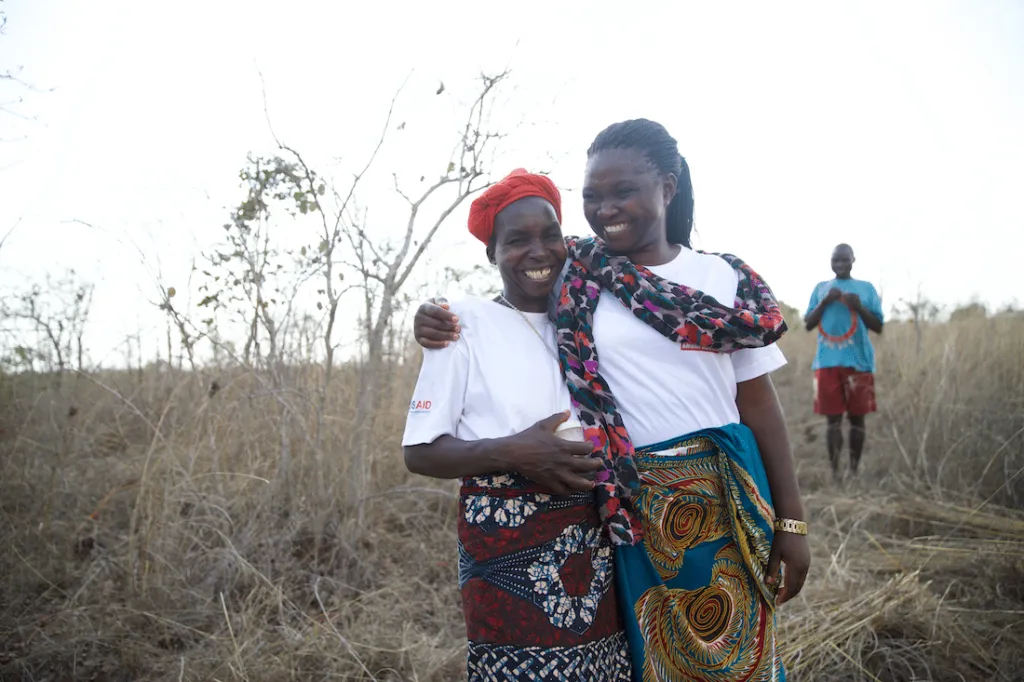
As a global health organization working to support health care workers, of course, we would be remiss not to note that women have also borne the brunt of the pandemic on the front lines because they represent 70% of the health and care industry.
International Women’s Day is a significant opportunity to recognize and elevate women around the world. But more importantly, we need to take it as a chance to recommit ourselves to tackling the challenges women face globally so that we, as a whole, can do better, heal faster, and build back more equitably, in order to be less vulnerable the next time the world faces a challenge of similar magnitude. When women do better, all our communities do better. We must refocus on ensuring a fairer future for all, seizing the current momentum of realizing the acute need for change.
We can do better by considering a woman’s life as a whole: by looking out for all of her health and well-being needs over the course of her entire life.
Every entity, every person, and every organization can play a part in making a world where women do better a reality. All of us — including those who work in global health — can do better by considering women’s health and well-being needs within the socioeconomic realities that shape their entire life-course.
What does that look like? It means focusing on ways to facilitate more enabling environments that allow women to do better for themselves through all stages of their lives, and a shift away from viewing women’s health as condition- or disease-specific events at distinct points along their lives. This is crucial because well-being and opportunities earlier in life affect health and well-being later in life and persist through generations. Hence, the best investments we can make are foundational: increasing opportunity and equity for all by adding voice to the plight of women.
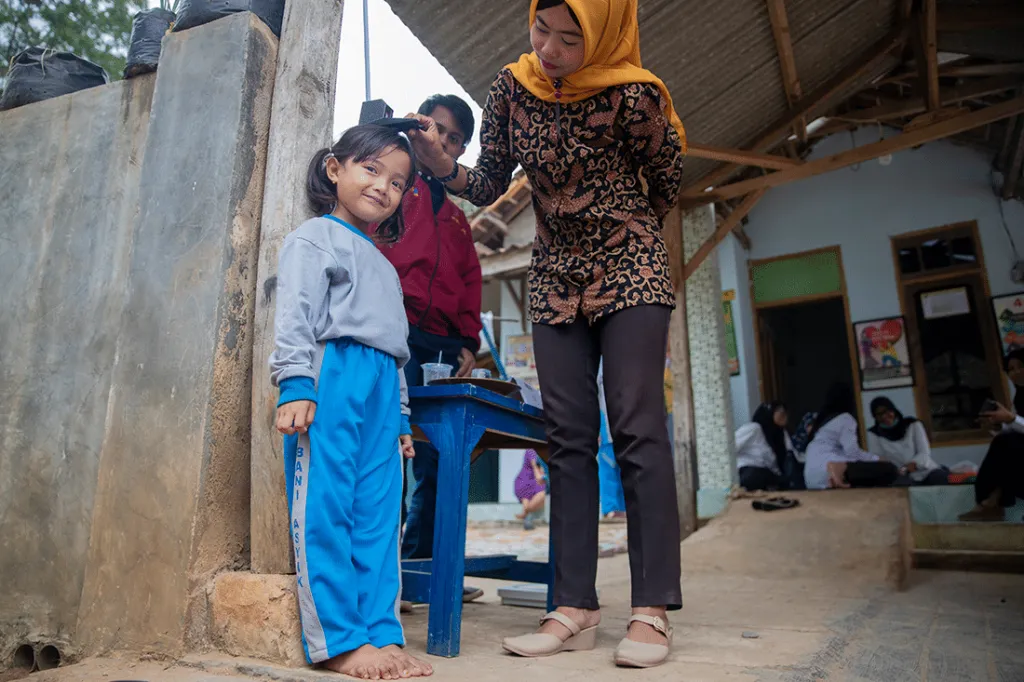
This requires us to commit to working across health sector lines, forming multi-sectoral partnerships, working with local governments, and advocating for policies that promote equity and economic security for all so that we are filling in the missing pieces that lead to a community’s full well-being. We each must do what our expertise allows while being more alert to the overall development context that contributes to a person’s well-being in order to develop meaningful improvements that last. We must have a hand in shining a light on the gaps and identifying partnerships that ensure a woman’s needs for her entire well-being are being met.
A life-course perspective to health doesn’t only apply to women — it is foundational for all of the public’s health. It is what ties the Sustainable Development Goals together: addressing a composite of factors that contribute to equitable and global well-being.
For women in particular, though, the pandemic has undoubtedly erased hard-won gains. There is a glimmer of hope, however, in that the last year has allowed us to see more clearly those who are not well protected, who have suffered the most, and how we can begin to change that, each of us starting within our own spheres of influence.
This shift won’t be easy. It will require sustained dialogues among donors, partners, and the public to show why this approach is important and should be the norm. Because when we invest in women, we are truly investing in their families and communities as well. We’re investing in the future. And we will all be the better for it.

